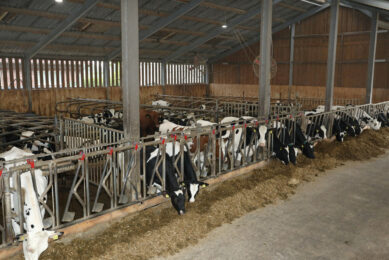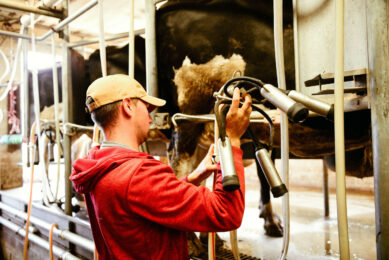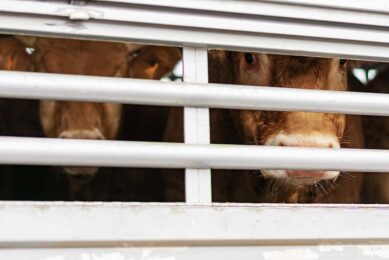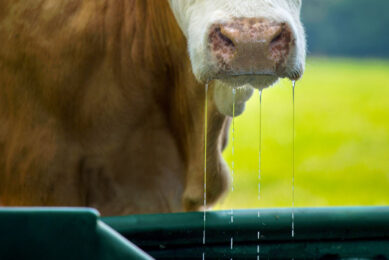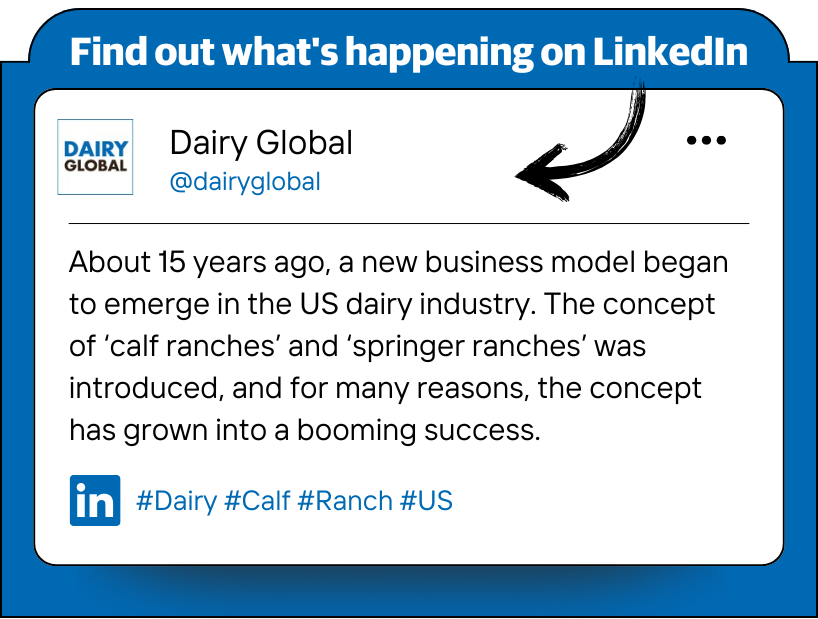Avian influenza: Expert talks about spread, risks and response in cows and poultry
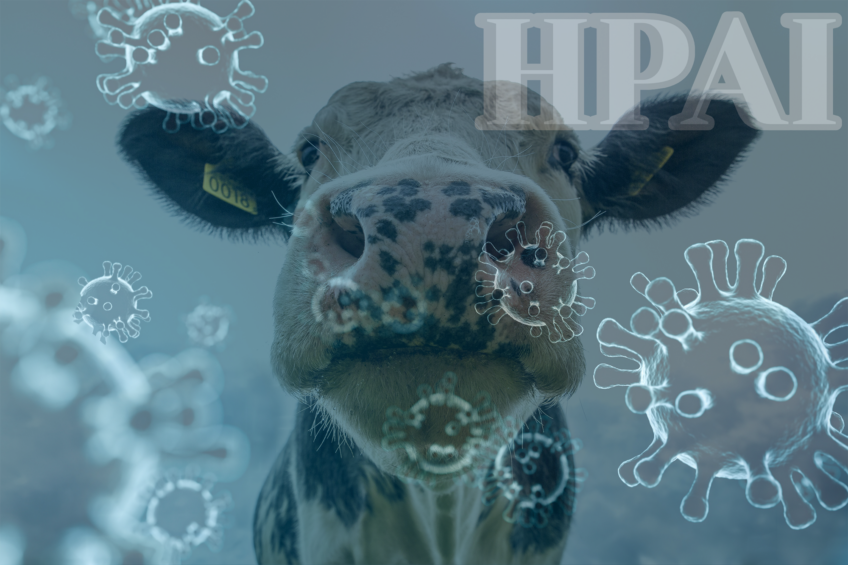
Dairy Global asked Prof Dr Timm Harder, head of WOAH, FAO, and National Reference Laboratory for Avian Influenza at the Friedrich-Loeffler-Institut to shed some light on the spread of avian influenza in the US. In this Q&A he discusses transmission in dairy cows and poultry, control measures and preventative strategies.
We have seen the transfer of highly pathogenic avian influenza from cattle and poultry to humans (in the US). Can you explain reasons behind the increase in this?
For some time now, we have (unfortunately) been observing a fulminant epidemic of avian influenza in the US. The number of cases in wild birds, poultry flocks and dairy cattle farms indicates a very high viral load in the environment and on the affected farms, and control measures like culling are also involving personnel which might come into contact to infected animals and contaminated materials. In addition, virus-containing raw milk and also raw poultry meat could be possible sources. With this number of contact possibilities at the animal-human interface, it is not uncommon for single human infections to occur in individuals who have had contact with infected animals, and we are still seeing such single cases (also known as spill-over infections).
Why are we seeing a range in severity in human cases and in livestock? Does it depend on the individual case/host? What other reasons are there?
The impact of infection with highly pathogenic avian influenza (HPAI) viruses does indeed depend on the virus-host interaction. Susceptibility, virus load, virus strain features and immune status all play a role. In North America, all but 2 of the known human infections to date have been mild (mainly conjunctivitis), while 2 severe cases (1 fatal) have occurred in people with compromised health.
There has been no person-to-person spread reported in the US. How likely is it that we will see this given the nature of HPAI?
Highly pathogenic avian influenza virus H5N1 of that lineage (goose/Guangdong) has been circulating in poultry and wild birds for almost 30 years, but has, so far, not been able to achieve sustained circulation in mammal or human populations. Previous variants of the virus circulating between 2008 and 2013 even revealed a higher zoonotic potential than the current lineage of clade 2.3.4.4b.
However, this assessment could change if the virus were to infect mammals at an even greater rate and is given more opportunities to adapt and form mammal-specific lineages. This makes it all the more important to stop the virus from further spreading in poultry and mammals and the number of spill-over infections to humans should be reduced as much as possible.
Therefore, all available control and containment measures should be considered, which include nationwide obligatory monitoring programmes, preventive biosecurity measures for poultry and dairy farms, vaccination options. In addition, people in direct contact with infected animals or materials should be protected as much as possible.
What about different strains and mutations – could the virus be controlled at all with various strains emerging?
Emergence of new variants and strains is fueled by further spread of the infection. Blocking this spread and reducing the number of spill-over infections hampers virus diversification.
What advice would you give to livestock workers and farmers as part of prevention and control strategies?
Be vigilant regarding the health status of your livestock. On suspicion, do not hesitate to contact your veterinarian and rule out HPAIv H5. Ideally, have your flock or herd enrolled in appropriate surveillance programmes. Comply with and regularly check biosecurity measures. Keep yourself and your staff informed and have personal protective equipment ready in case of suspicions or if dealing with infected herds. Take advantage of the opportunity to be vaccinated against seasonal influenza.



